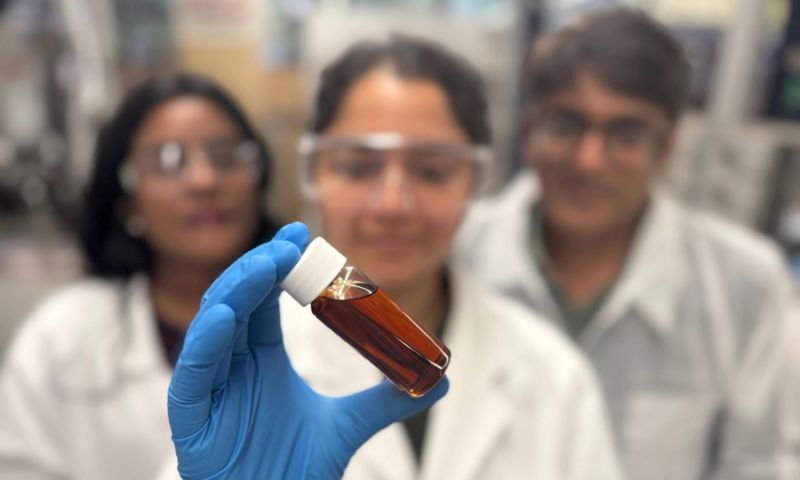University of Wollongong: Drug breakthrough sparks hope for families affected by MND gene SOD1
- Global Research Partnerships
- Apr 16
- 2 min read

A team of researchers from the University of Wollongong (UOW) have discovered that a unique trio of medications could hold the key to improved treatment outcomes for hereditary cases of Motor Neurone Disease (MND) caused by mutations in the SOD1 protein.
The groundbreakings findings are detailed in a new paper, ‘A polytherapy approach demonstrates therapeutic efficacy for the treatment of SOD1 associated amyotrophic lateral sclerosis’, published in eBioMedicine.
Building on the work of the late Professor Justin Yerbury, who passed away from MND in 2023, his research team found that a combination of three drugs could be used to target the SOD1 protein, which has been linked to the development of MND.
The project was funded in 2020 by a FightMND $1 million Drug Development Grant awarded to Professor Yerbury, who was a carrier of the SOD1 gene.
Most cases of MND are sporadic, meaning they are not inherited, but approximately 5 to 10 per cent are caused by a genetic mutation. SOD1, also known as superoxide dismutase 1, is an antioxidant enzyme that plays a crucial role in protecting cells from damage caused by superoxide radicals. About 35 per cent of people with inherited MND in Australia have mutations in the SOD1 gene.
Dr Jeremy Lum, lead investigator on the project and Bill Gole Postdoctoral Research Fellow in Molecular Horizons and the School of Medical, Indigenous and Health Sciences at UOW, said the team used a novel approach by not only testing one drug, but a combination of drugs. The aim was to repair damaged SOD1 protein, prevent harmful SOD1 clumps from forming, and protect dying motor neurons.
“We had been trialing different approaches with the drugs, but what we found was that a combination of all three, at a lower dose, was the most promising in producing better outcomes for MND. In mice, the drugs reduced the progression of MND, increased their survival rates, diminished levels of the unstable SOD1 protein and protected the motor neurons,” Dr Lum said.



